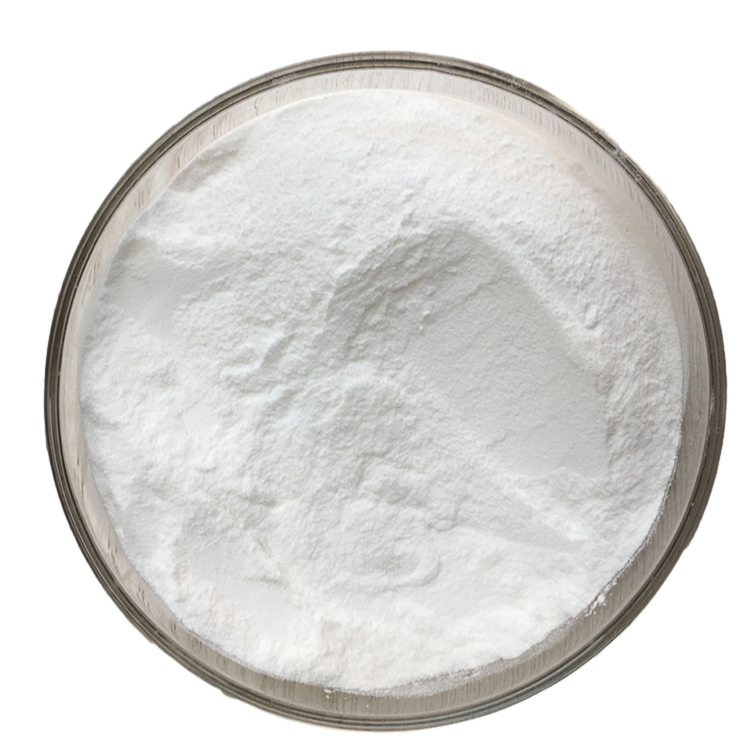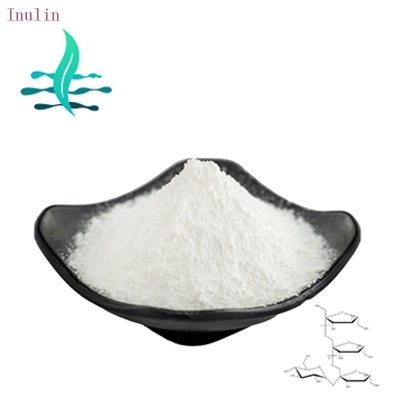-
Categories
-
Pharmaceutical Intermediates
-
Active Pharmaceutical Ingredients
-
Food Additives
- Industrial Coatings
- Agrochemicals
- Dyes and Pigments
- Surfactant
- Flavors and Fragrances
- Chemical Reagents
- Catalyst and Auxiliary
- Natural Products
- Inorganic Chemistry
-
Organic Chemistry
-
Biochemical Engineering
- Analytical Chemistry
- Cosmetic Ingredient
-
Pharmaceutical Intermediates
Promotion
ECHEMI Mall
Wholesale
Weekly Price
Exhibition
News
-
Trade Service
WASHINGTON, Nov. 20 (Reuters) - When President Trump entered the White House in 2016, Commerce Secretary Wilbur Ross abandoned the bold idea that the U.S. could become a net exporter of seafood because the new administration has adopted a U.S.-first approach to global politics and trade.
is a daunting task when the U.S. relies on imports for 80 to 90 percent of its sea products.
Wilbur Ross, a U.S. secretary of state, said at the nomination hearing that given the country's vast coastline and vast freshwater resources, he wanted to find ways to make the U.S. more self-sufficient in fisheries and even a net exporter.
Trump entered the White House in 2016, the U.S. trade deficit in sea products was $13.87 billion, expanding 19.6 percent to $16.6 billion by the end of 2019.
U.S. marine trade deficit is likely to hit another record in the first nine months of 2020, according to the National Oceanic and Atmospheric Administration's (NOAA) fisheries statistics.
The Trump administration's trade war with China has narrowed the U.S. trade deficit in sea products by 32 percent between 2016 and 2019, and the U.S. is expected to narrow its trade deficit with China by about $657 million by 2020, reducing the trade deficit by 55 percent since 2016.
trade surplus with China is overwhelming for the U.S. lobster industry, but Trump's trade war has narrowed the deficit significantly in 2019.
U.S. lobster exports and exports fell from 8,600 tons in 2018 to less than 2,800 tons in 2019, worth just $50 million.
trade deficit between the United States and the 21 Asia-Pacific countries of the Asia-Pacific Economic Cooperation (APEC) rose 8.7 percent from $9.96 billion in 2016 to $10.83 billion in 2019, and is expected to be higher in 2020 than in 2019.
APEC members include the United States, Australia, Brunei, Canada, Chile, China, Hong Kong, Indonesia, Japan, Malaysia, Mexico, New Zealand, Papua New Guinea, Peru, the Philippines, Russia, Singapore, South Korea, Chinese Taipei, Thailand and Vietnam.
When Mr. Trump took office, the trade deficit between the United States and the 11 ASEAN countries was $4.5 billion, rising to $4.6 billion by the end of 2019, with ASEAN members including Brunei, Myanmar, Cambodia, Timor-Leste, Indonesia, Laos, Malaysia, the Philippines, Singapore, Thailand and Vietnam.
。







